Bamboo: A Renewable Choice for Furniture
Selected theme: Bamboo: A Renewable Choice for Furniture. Step into a home where sustainability meets style, and discover how bamboo’s rapid renewability, elegant grain, and resilient performance can transform everyday spaces. Join our community and share your bamboo questions, inspirations, and stories.
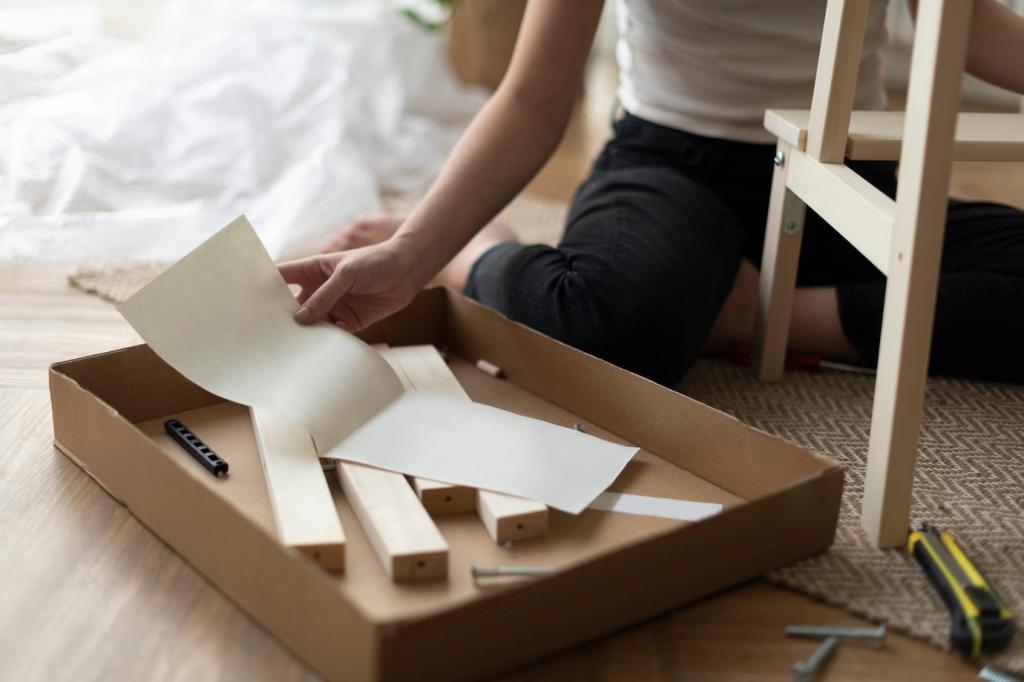
Why Bamboo Is Truly Renewable
Faster Than Forests: Growth That Gives Back
Unlike slow-growing hardwoods, many bamboo species mature in three to five years, creating a dependable, rapidly renewing material stream. That speed reduces pressure on old-growth forests and lets makers deliver furniture without exhausting precious ecosystems.
Root Networks and Regeneration
Bamboo’s rhizome network allows harvested culms to regrow without replanting, protecting soil structure and biodiversity. When responsibly managed, this natural cycle keeps hillsides anchored, waterways clearer, and your furniture’s footprint lighter from source to finished piece.
Responsible Harvests and Traceability
Look for brands that document harvest rotations, local stewardship, and transparent supply chains. Certifications and third-party audits signal that your bamboo table or chair supports healthy landscapes, fair labor, and long-term regeneration rather than short-term extraction.
Strength, Durability, and Everyday Performance
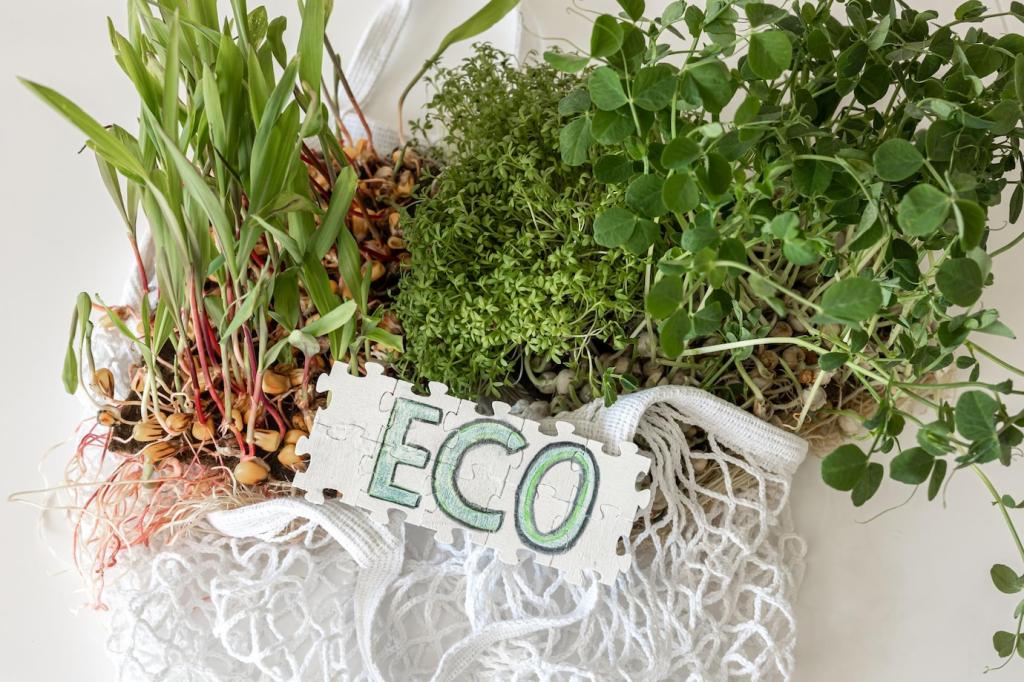
Engineered bamboo panels and strand-woven components offer an impressive strength-to-weight ratio, rivaling many hardwoods. From bookshelves to benches, well-made pieces handle real-life use without sagging, squeaking, or demanding delicate treatment every time guests arrive.
Design Possibilities with Bamboo
Textures, Grains, and Tones
Horizontal, vertical, and strand-woven patterns each showcase character—delicate lines, tight stripes, or bold mosaic textures. Natural, caramelized, or stained finishes let you match existing palettes while keeping the unmistakable warmth that bamboo brings into a balanced interior.
Modern Forms from Laminated Strips
Thin laminated strips curve into smooth armrests and airy frames, enabling sleek silhouettes with strength. Designers exploit bamboo’s flexibility to create cantilevered seats, floating shelves, and sculptural legs that feel light yet grounded, inspiring rooms to breathe more easily.
A Chair That Changed a Room
When a reader swapped a bulky hardwood armchair for a slim bamboo lounge, the space opened instantly. The lighter profile, sunny grain, and gentle ergonomics sparked conversation—proof that material choice reshapes both aesthetics and daily comfort at once.
From Culm to Cabinet: How Bamboo Furniture Is Made
Craftspeople harvest mature culms, split them into strips, remove the outer sheath, and treat the fibers to deter pests. Kiln drying stabilizes moisture content, preparing the material for consistent gluing, clean machining, and long-lasting performance once assembled.
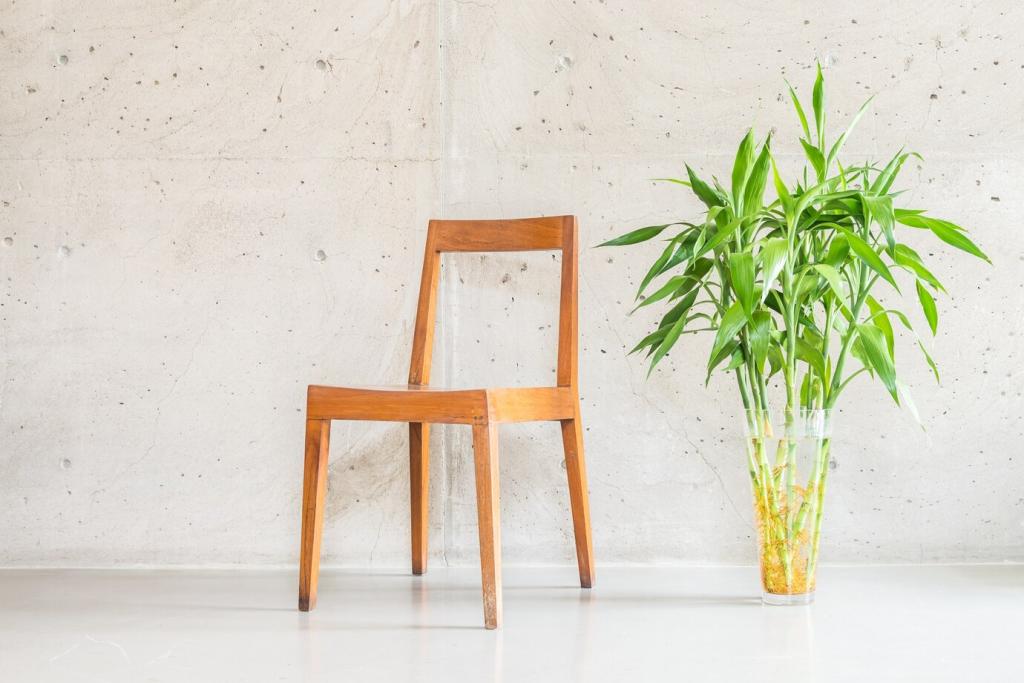

From Culm to Cabinet: How Bamboo Furniture Is Made
Strand-woven bamboo compresses fibers under heat and pressure, creating dense, tough boards ideal for tabletops and high-traffic surfaces. The process intensifies color and pattern, yielding a striking look that pairs durability with a contemporary, architectural presence.
Care, Repair, and Long Life
Daily Care Made Simple
Dust with a soft cloth, mop spills promptly, and avoid harsh chemicals that strip protective finishes. Felt pads under legs prevent scratches, while coasters and placemats preserve the surface, keeping your bamboo furniture photo-ready with minimal effort and time.

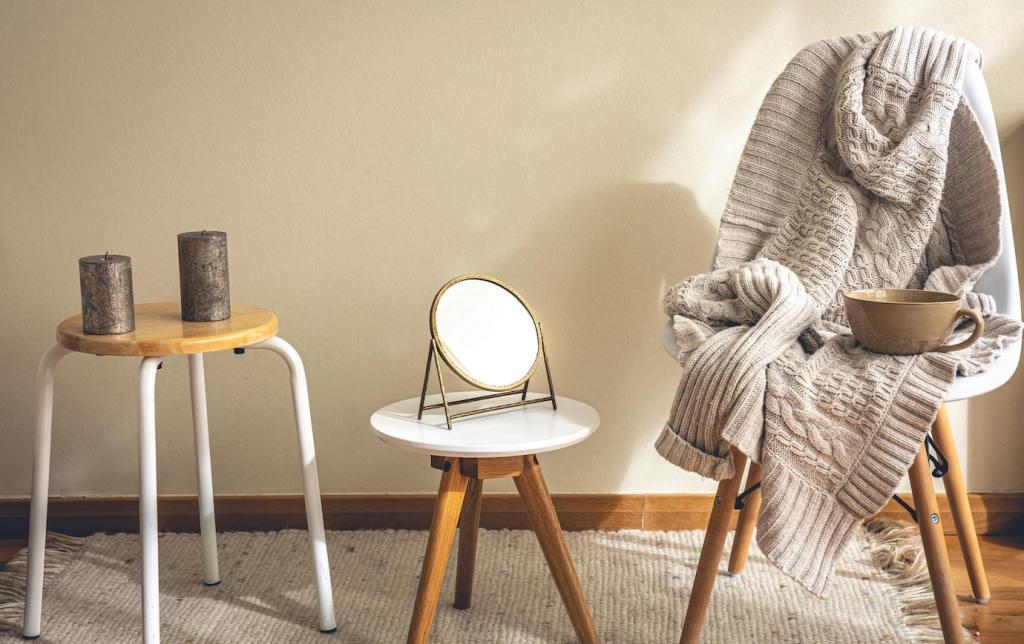
Certifications and Transparency
Seek clear sourcing details, third-party certifications, and chain-of-custody documentation. Ask how forests or plantations are managed, and request emissions data for adhesives and finishes. Transparency signals a brand committed to genuine sustainability rather than marketing gloss.
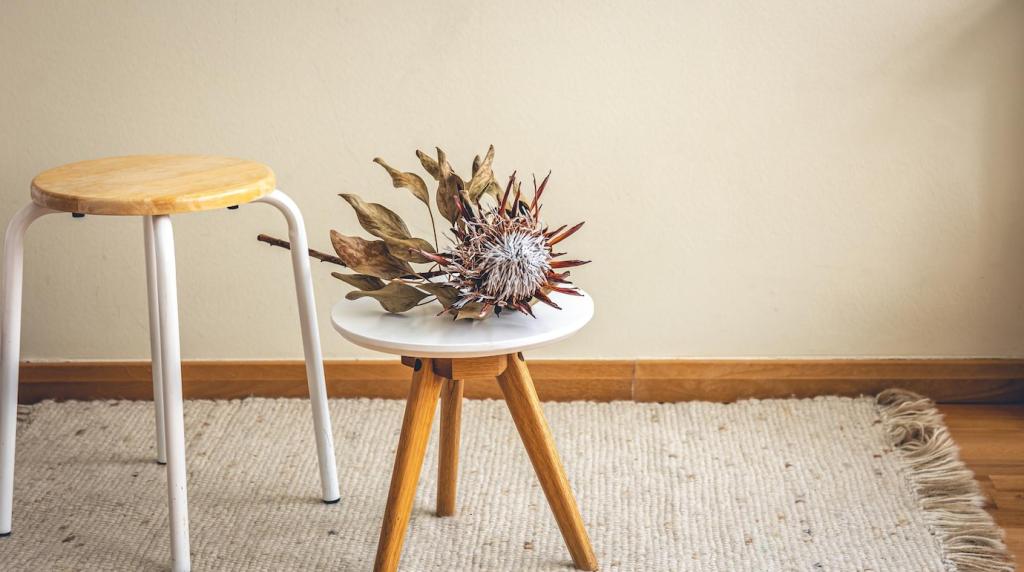
Ask the Right Questions
Inquire about repairability, replacement parts, and finish compatibility. Good makers anticipate maintenance and provide guidance. Comment with your buying checklist, and subscribe for our upcoming interview with a bamboo manufacturer willing to open their production playbook.
DIY: Build a Simple Bamboo Side Table
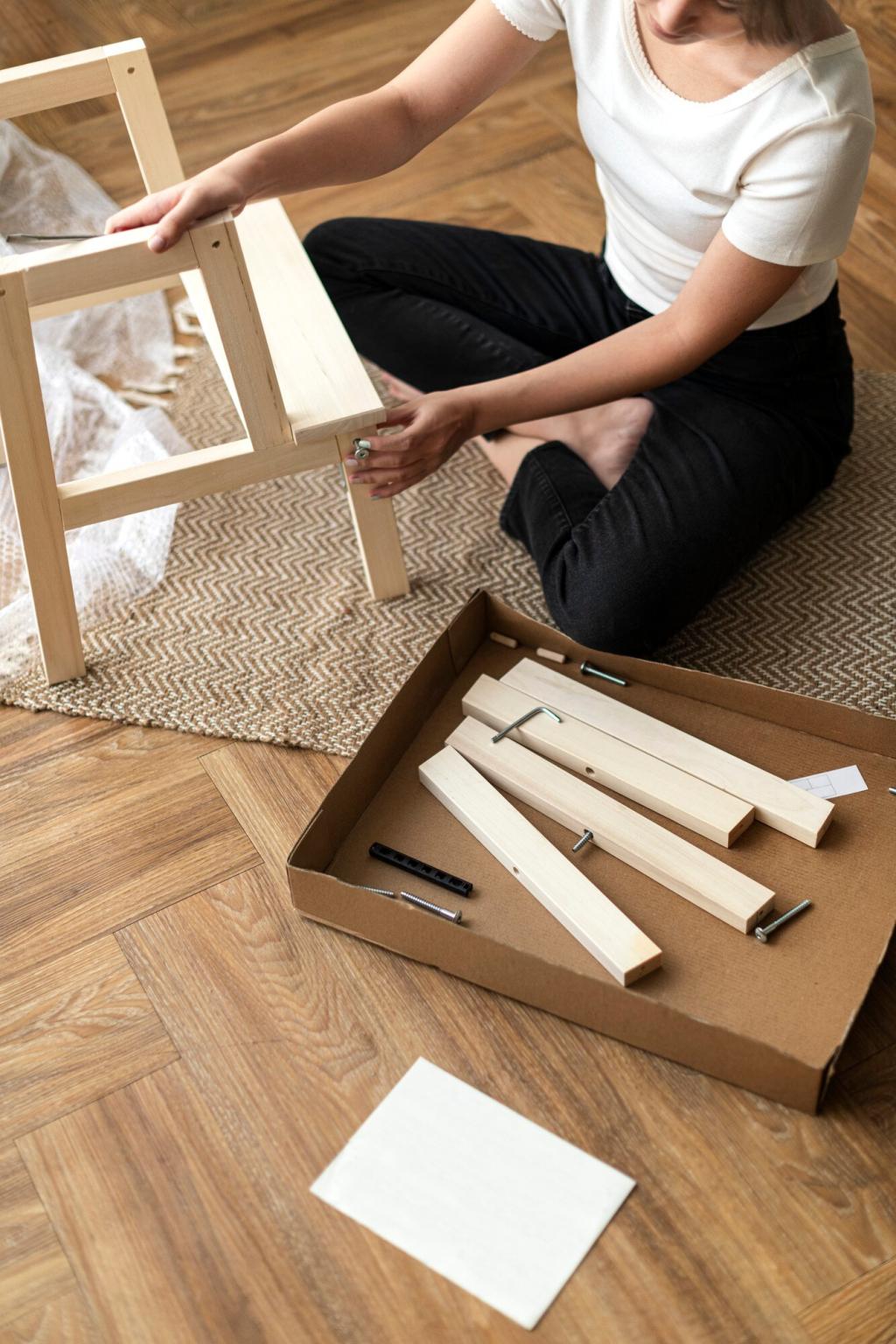
Materials and Cut List
Use pre-laminated bamboo panels for the top and legs, plus confirming dowels or pocket screws for discreet joints. Gather low-VOC finish, sandpaper, and felt pads. Share alternatives in the comments if you source reclaimed bamboo from local shops.

Assembly and Safety
Pre-drill to prevent splitting, clamp square, and dry-fit before gluing. Sand progressively for a silky touch, then apply thin finish coats. Wear protection, ventilate your workspace, and photograph steps to help fellow readers learn from your experience.
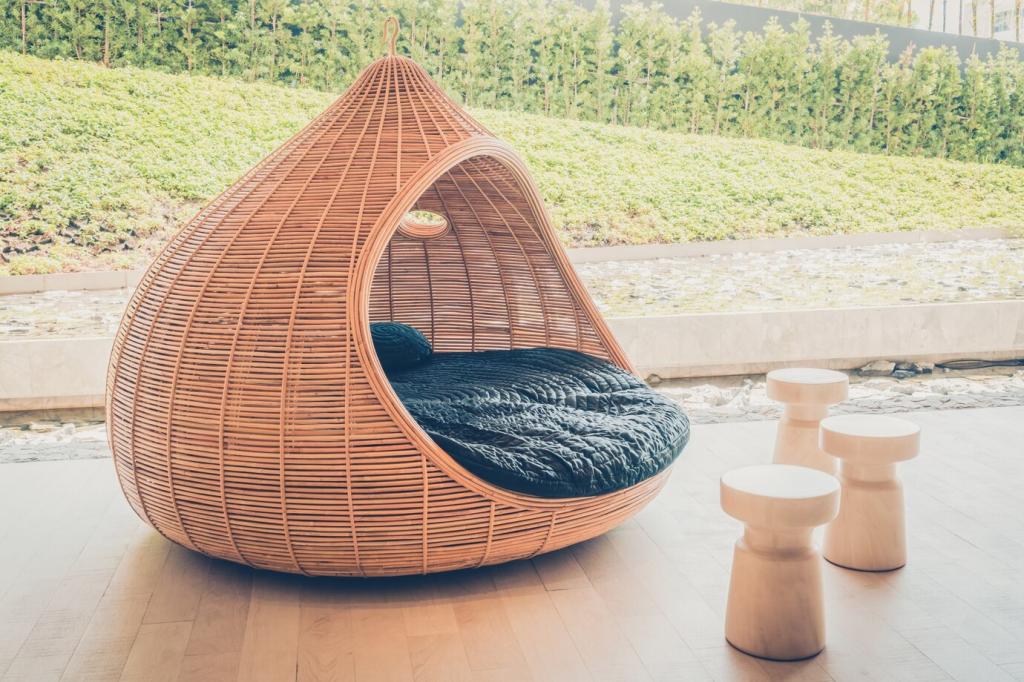
Share Your Build
Post your table photos, time estimates, and any clever tweaks you discovered. Did you add a magazine shelf or playful edge radius? Subscribe and tag us—your creativity helps newcomers see how friendly bamboo furniture making can be.
